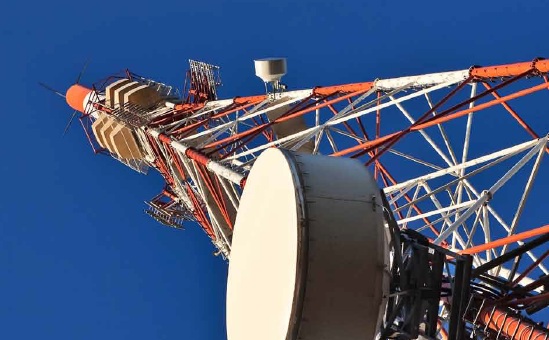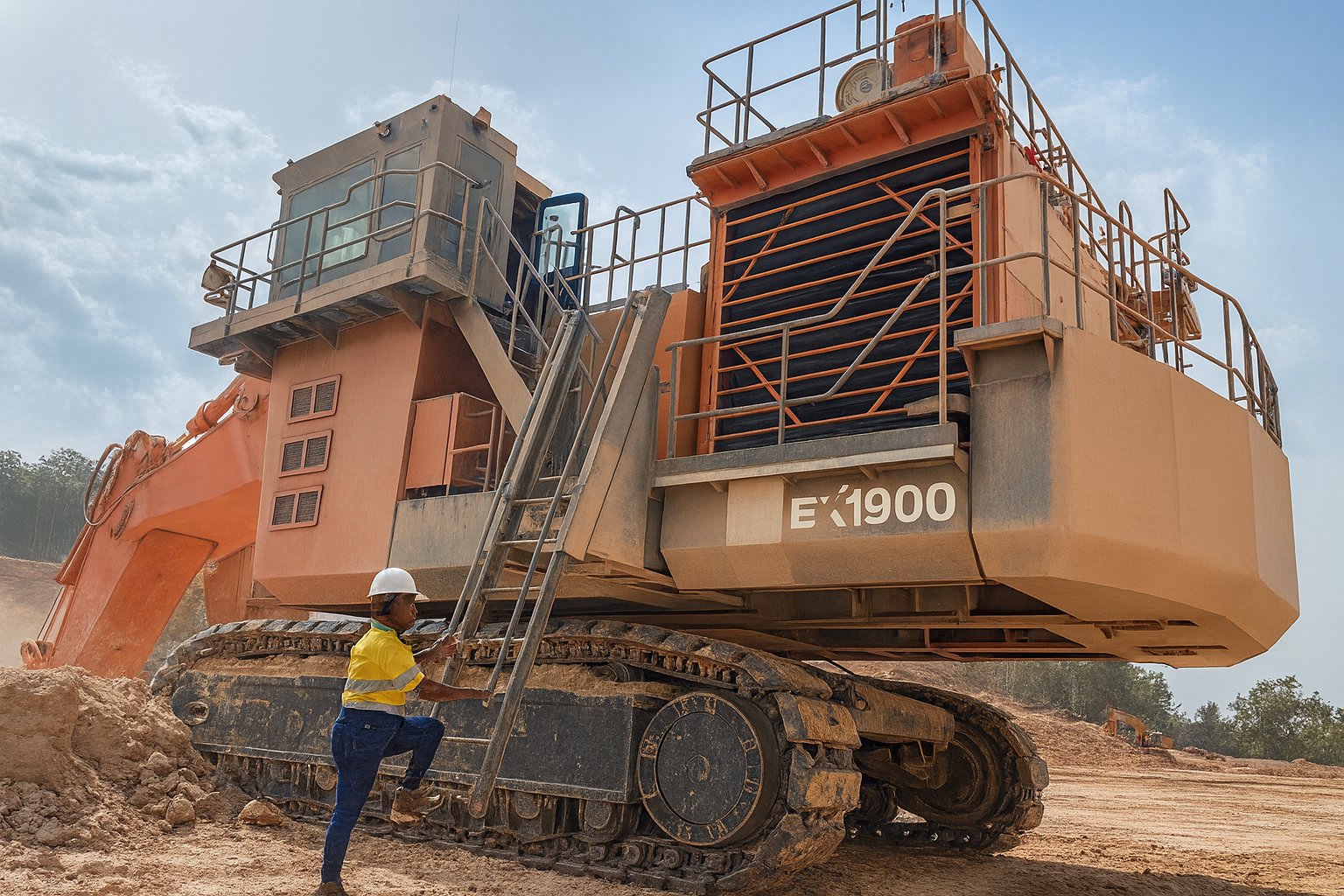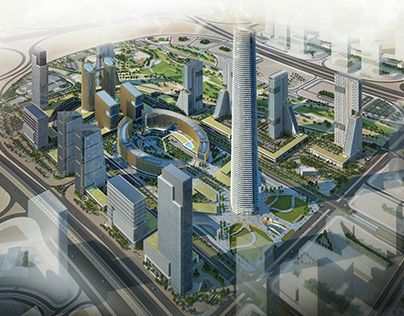
Broadband growth is strongly linked to GDP growth, job creation, and ultimately, economic health. And although Africa’s mobile industry has come a long way over the past few years, there is still much work to be done.
In Africa, where fixed-line ICT infrastructure has historically been lacking, it is widely recognised that mobile broadband will play a crucial role in the continent’s future economic growth and development. The GSM Association (GSMA) expects that there will be 240 million mobile broadband connections in sub-Saharan Africa alone by 2015, compared to just four million fixed broadband connections. “We believe that mobile broadband in particular is key for the Middle East and Africa, because of the lack of defined broadband infrastructure in those regions,” explains Peter Lyons, the GSMA’s director of Spectrum Policy for Africa and the Middle East. Spanning more than 220 countries, the GSMA represents the interests of nearly 800 of the world’s mobile operators, as well as more than 200 companies in what it terms the broader mobile ecosystem.
“We’ve seen a lot of studies and a lot of research that shows a correlation between broadband growth, GDP growth and job creation,” explains Lyons. “In Africa and the Middle East, but especially in Africa, the mobile industry plays an important role in creating jobs, becoming an engine for economic growth and ultimately helping to alleviate poverty.”
It’s hard to ignore the benefits brought about thus far by the establishment of a mobile ecosystem in Africa. “About five million people in Africa are either directly or indirectly employed within the mobile industry,” states Lyons. “For example, in a country like Kenya, in addition to the obvious applications such as selling airtime, tens of thousands of new jobs have been created supporting mobile money agent networks. Overall, the mobile ecosystem in Africa is creating many more jobs than we could ever have imagined just five years ago.”
In 2010, Africa’s mobile industry was worth about US$56 billion—equivalent to around 3.5 per cent of GDP. This is expected to increase over the coming years as mobile penetration rises: currently, it’s hovering around the 65 per cent mark, with 100 per cent penetration expected to occur within the next few years. This will add a staggering $35 billion of value to the industry—the equivalent to an additional two per cent increase in GDP.
Clearly, this is one ecosystem well worth nurturing; but creating the environment in which to do that is something of a challenge. Comprising 54 countries and one billion people, Africa occupies around 30 million square kilometres of land. There is a lot of ground to cover, in more than one sense of the word.
The GSMA runs an ongoing global campaign to help secure the spectrum required to meet the fast-growing demand for mobile broadband. Currently, just 80MHz of spectrum is available for delivering mobile broadband in a typical African market. By contrast, mobile operators in many middle and high-income markets have access up to 400MHz of spectrum for delivering mobile broadband.
In November last year, the GSMA announced that greater allocation of spectrum for mobile broadband would prove to be vital for the economic and social development of sub-Saharan Africa in particular. “It’s clearly understood regionally that spectrum equals a better environment for job creation, economic growth and entrepreneurship,” says Lyons. “And we’re seeing progress on that.”
Much of this progress was made in February this year, at the ITU World Radiocommunication Conference in Geneva, where there was a push by African air regulators to increase the amount of spectrum available for mobile broadband in their respective IT regions. They effectively agreed to double it by adding 700 MHz and 800 MHz bands of digital dividend (low-frequency spectrum being freed up by the switchover from analogue to digital terrestrial television). The digital dividend band offers widespread mobile broadband coverage in rural areas and improved indoor penetration in urban areas.
For the GSMA, this represented a huge step forward, says Lyons. “We’re expecting that by June 2015, many of the analogue broadcasters will have been migrated to digital, enabling the 700 MHz and 800 MHz bands to be free for mobile broadband service.”
But Africa is a continent defined by its diversity, and it’s no surprise that progress in some countries has been faster than in others. “Some sub-Saharan African countries like Nigeria and South Africa, and to some extent Kenya, have a number of analogue television broadcasters that need to be moved to digital,” explains Lyons. “In other perhaps less developed countries, there’s not much analogue television to speak of—so the process of making the band available for mobile is relatively more straightforward.”
But conversely, the less developed countries also have fewer resources at regulatory level to facilitate the transition from analogue to digital. And in some Arab states in northern Africa, broadcasters share the analogue bands with either military or public safety organisations, increasing complexity yet further. “It’s a very diverse region from north to south and east to west, thus the challenges vary from place to place.”
Yet Lyons is hopeful that by 2020, mobile broadband connectivity will have vastly increased. “I think it’s going to vary from region to region but broadly, I think by 2020 we should see mobile broadband connectivity much more widely spread, or at least similar to what we’d find in other more developed regions of the world. However it’s going to require significant effort to realise that potential; governments have to meet the 2015 analogue television switch-off deadlines, and there also has to be a full production of chipsets and equipment using standard harmonised band plans, so that the same chipset can be produced globally.”
Chipsets are the combined necessary components of a mobile device in a single chip; and if their standardisation can be achieved, and the same band plans used internationally, then the cost of devices will fall. This will ultimately be the determining factor in when and how early mobile broadband can become part of the ICT ecosystem in Africa, says Lyons. “Hopefully by 2020 we’ll see tablets and computers which are affordable and acceptable to the majority of the global population,” says Lyons. “Pricing is all about standardisation.”
However, spectrum and standardisation of technology are just part of the overall picture: there are a range of other issues that Africa must tackle directly in order for mobile broadband to flourish.
“Taxation is a major issue,” states Lyons. “Many governments, especially in sub-Saharan Africa, are very cash-strapped, and they see the mobile industry as a very convenient source of free cash. They levy all kinds of taxes on SIM cards and devices, and mobile-specific value added taxes and service taxes. This really distorts the market and ultimately raises the cost of devices, and that is the wrong direction for these governments to take.”
Closely linked to taxation, red tape is also proving to be a major barrier to growth. “In order for a mobile operator to deploy network infrastructure in Nigeria, for example, it will typically have to negotiate different rights-of-way agreements with virtually every municipality, county, and local and state government, since they are all trying to extract as much revenue from the operators as possible. In some cases they will each put different conditions on how and where towers can be constructed. This creates a really unfavourable investment environment for operators because there’s no certainty: an operator might invest a billion dollars in building a network in Lagos, only to find that as soon as they go outside of Lagos, the conditions for building the tower are completely different, and that each mayor of every town is going to try to extract as many fees and payments from them as possible.”
This is clearly a huge problem, and again, the answer lies in standardisation, says Lyons. “We need to see some standardisation of rights-of-way access within each country and regionally as well. Then, we’ll see more investment and infrastructure, and ultimately, more broadband service deployed. We are very much pushing governments to harmonise the rights-of-way procedures at the federal, state and local levels.”
Infrastructure destruction is another frustration—a problem not unique to Africa, certainly, but far more devastating in its impact than in more developed nations. “In some countries across the region, fibre lines are dug up—sometimes inadvertently by construction crews building roads, but sometimes by people thinking they’re copper lines. They try to melt the fibre for copper, only to find that it’s not copper, so they try again five kilometres down the road. Without infrastructure protection, there’s no network, and no service.
“While operators are facing this persistent destruction of their infrastructure, regulators are increasingly applying pressure for them to improve their quality of service,” he continues. “But quality of service can’t be better if the infrastructure is being destroyed. So there has to be a very consistent, strong push by governments to protect this infrastructure. It’s this infrastructure that will support economic development and job creation: if it is being destroyed by people looking to melt copper down, then that completely undermines the whole future of the ICT sector in the region.”
In many ways, Africa’s historical lack of fixed-line infrastructure has enabled it to leap-frog to the very forefront of mobile technology, ideally positioning it for enormous growth and change. But if it is to harness the mighty power of its potential, it must work closely with mobile operators and organisations like the GSMA to create the right environment for this to happen. www.gsma.com
Written and researched by: Becky Done












